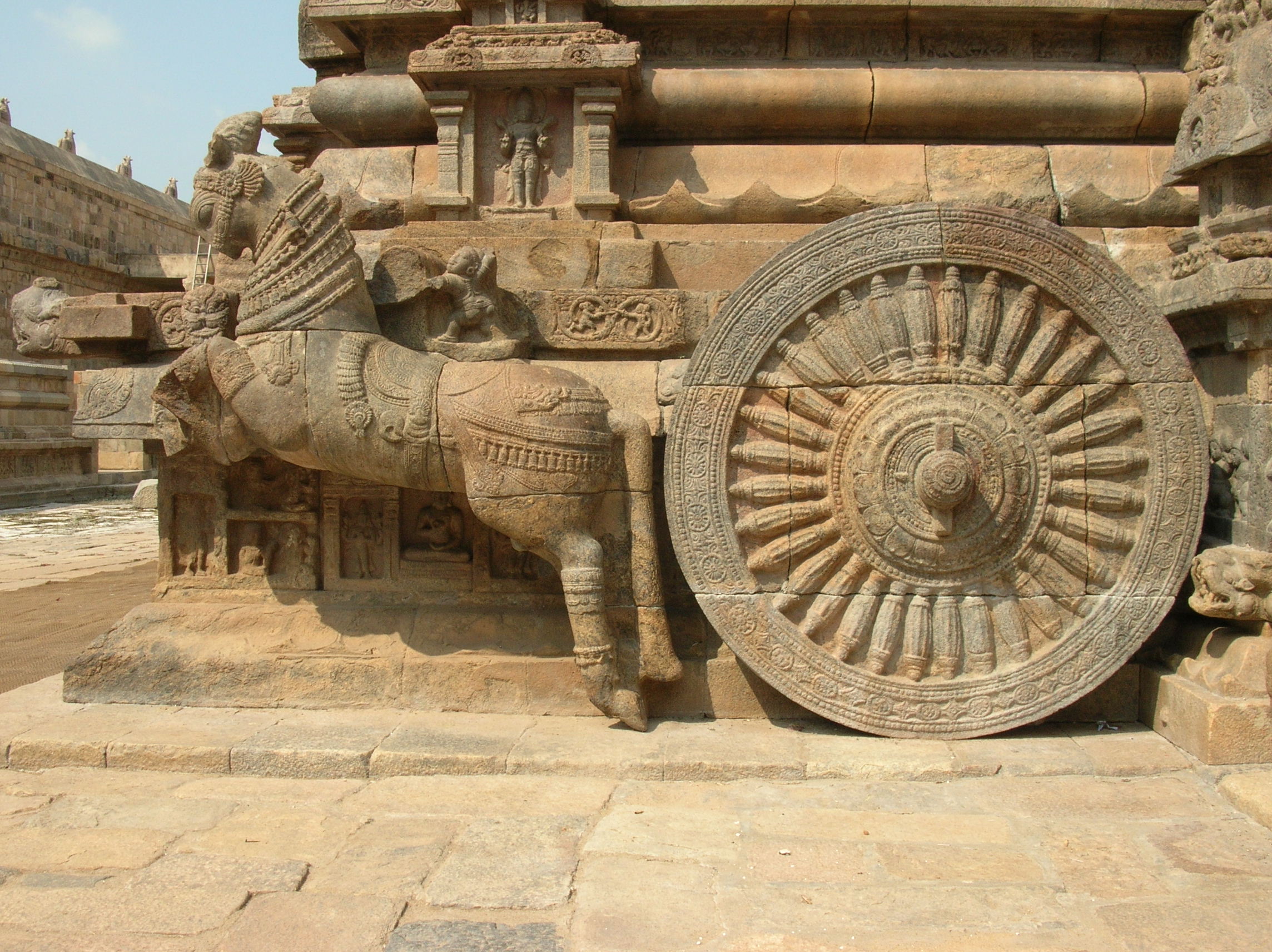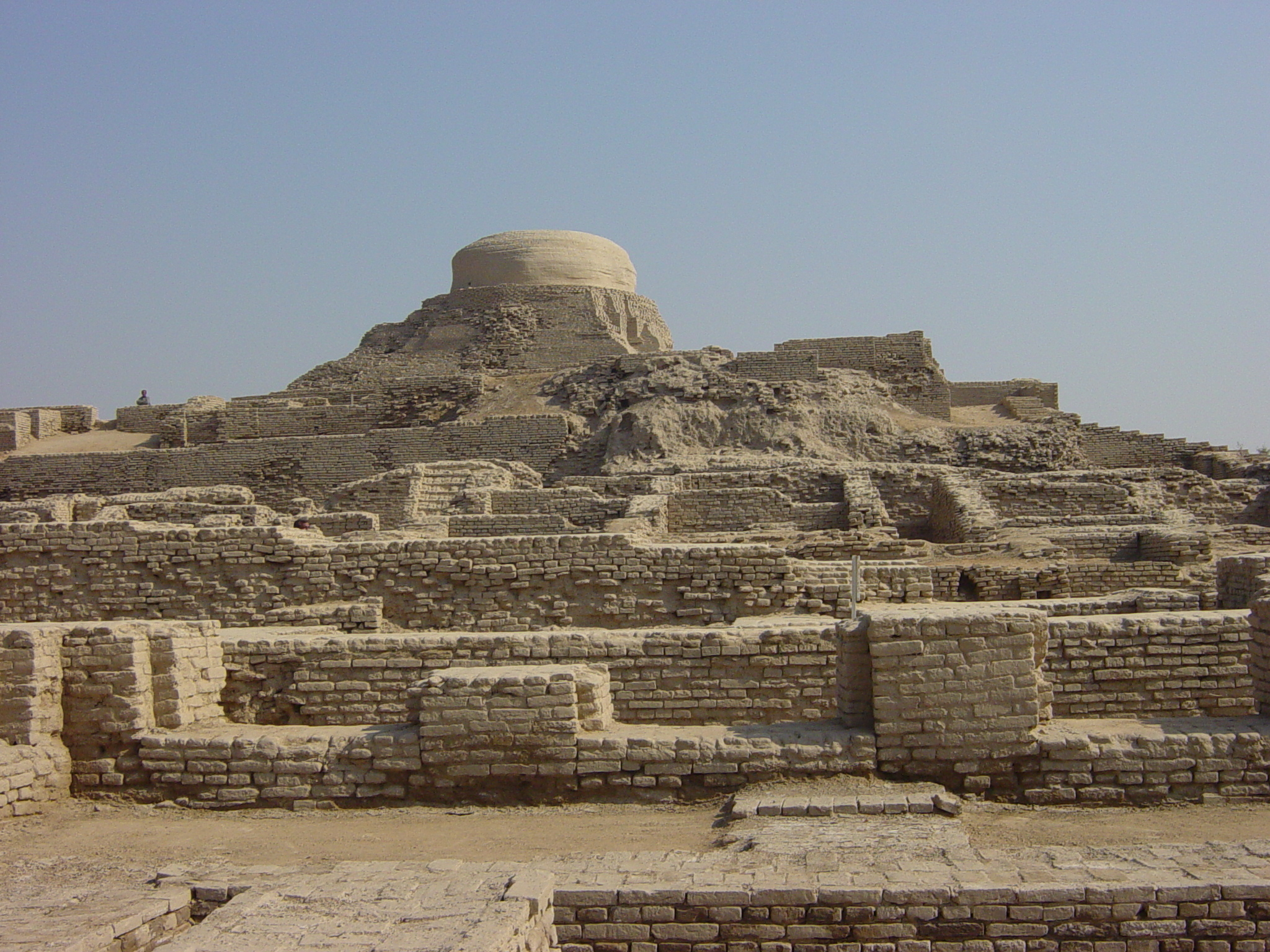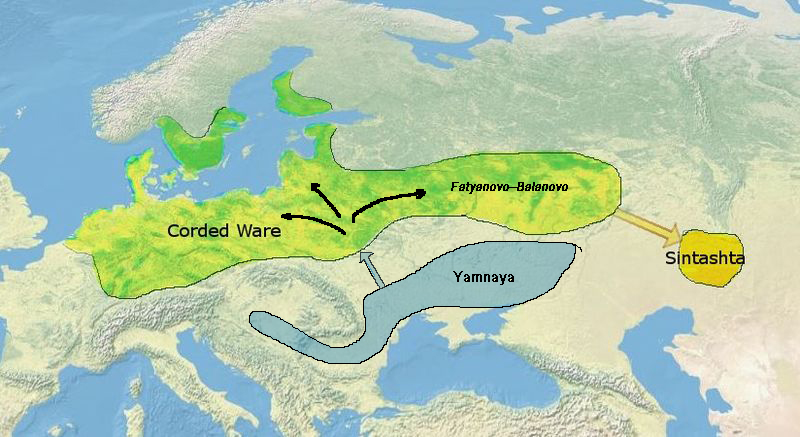|
History Of The Horse In South Asia
Odd toed ungulate, or hoofed mammals, such as horses, rhinos, and tapirs, may have their evolutionary origins in Indian subcontinent. While horse remains and related artifacts have been found in Late Harappan (1900-1300 BCE) sites, indicating that horses may have been present at Late Harappan times, horses did not play an essential role in the Harappan civilisation, in contrast to the Vedic period (1500-500 BCE). The importance of the horse for the Indo-Aryans is indicated by the Sanskrit word ''Ashva'', "horse," which is often mentioned in the Vedas and Hindu scriptures. Paleolithic Odd toed ungulate, or hoofed mammals, such as horses, rhinos, and tapirs, may have their evolutionary origins in the Indian Subcontinent. Remains of the ''Equus namadicus'' have been found from Pleistocene levels in India. The ''Equus namadicus'' is closely related to the ''Equus sivalensis''. The ''Equus sivalensis'' lived in the Himalayan foothills in prehistoric times and it is assumed it was ... [...More Info...] [...Related Items...] OR: [Wikipedia] [Google] [Baidu] |
Horse Drawn Chariot Darasuram
The horse (''Equus ferus caballus'') is a domesticated, one-toed, hoofed mammal. It belongs to the taxonomic family Equidae and is one of two extant subspecies of ''Equus ferus''. The horse has evolved over the past 45 to 55 million years from a small multi-toed creature, '' Eohippus'', into the large, single-toed animal of today. Humans began domesticating horses around 4000 BCE, and their domestication is believed to have been widespread by 3000 BCE. Horses in the subspecies ''caballus'' are domesticated, although some domesticated populations live in the wild as feral horses. These feral populations are not true wild horses, as this term is used to describe horses that have never been domesticated. There is an extensive, specialized vocabulary used to describe equine-related concepts, covering everything from anatomy to life stages, size, colors, markings, breeds, locomotion, and behavior. Horses are adapted to run, allowing them to quickly escape predators, and po ... [...More Info...] [...Related Items...] OR: [Wikipedia] [Google] [Baidu] |
Draft Horse
A draft horse (US), draught horse (UK) or dray horse (from the Old English ''dragan'' meaning "to draw or haul"; compare Dutch ''dragen'' and German ''tragen'' meaning "to carry" and Danish ''drage'' meaning "to draw" or "to fare"), less often called a carthorse, work horse or heavy horse, is a large horse bred to be a working animal doing hard tasks such as plowing and other farm labor. There are a number of breeds, with varying characteristics, but all share common traits of strength, patience, and a docile temperament which made them indispensable to generations of pre-industrial farmers. Draft horses and draft crossbreds are versatile breeds used today for a multitude of purposes, including farming, draft horse showing, logging, recreation, and other uses. They are also commonly used for crossbreeding, especially to light riding breeds such as the Thoroughbred, for the purpose of creating sport horses of warmblood type. While most draft horses are used for drivi ... [...More Info...] [...Related Items...] OR: [Wikipedia] [Google] [Baidu] |
Lothal
Lothal () was one of the southernmost sites of the ancient Indus Valley civilisation, located in the Bhāl region of the modern state of Gujarāt. Construction of the city is believed to have begun around 2200 BCE. Archaeological Survey of India (ASI), the official Indian government agency for preservation of ancient monuments, discovered Lothal in 1954. Excavation work in Lothal commenced on 13 February 1955 and continued till 19 May 1960. According to the ASI, Lothal had the world's earliest known dock, which connected the city to an ancient course of the Sabarmati river on the trade route. This trade route stretched between Harappan cities in Sindh and the peninsula of Saurashtra where the surrounding Kutch desert of today was a part of the Arabian Sea. However, this interpretation has been challenged by other archaeologists, who argue Khufu's Red Sea harbour at Wadi al-Jarf is older, dating its construction to between 2580 to 2550 BC and that Lothal was a comparative ... [...More Info...] [...Related Items...] OR: [Wikipedia] [Google] [Baidu] |
Harappa
Harappa (; Urdu/ pnb, ) is an archaeological site in Punjab, Pakistan, about west of Sahiwal. The Bronze Age Harappan civilisation, now more often called the Indus Valley Civilisation, is named after the site, which takes its name from a modern village near the former course of the Ravi River, which now runs to the north. The core of the Harappan civilization extended over a large area, from Gujarat in the south, across Sindh and Rajasthan and extending into Punjab and Haryana. Numerous sites have been found outside the core area, including some as far east as Uttar Pradesh and as far west as Sutkagen-dor on the Makran coast of Baluchistan, not far from Iran. The site of the ancient city contains the ruins of a Bronze Age fortified city, which was part of the Harappan civilisation centred in Sindh and the Punjab, and then the Cemetery H culture. The city is believed to have had as many as 23,500 residents and occupied about with clay brick houses at its greatest exte ... [...More Info...] [...Related Items...] OR: [Wikipedia] [Google] [Baidu] |
Mohenjo-Daro
Mohenjo-daro (; sd, موئن جو دڙو'', ''meaning 'Mound of the Dead Men';Mohenjo-Daro (archaeological site, Pakistan) on Encyclopedia Britannica website Retrieved 25 November 2019 ur, ) is an archaeological site in the province of , . Built around 2500 BCE, it was the largest settlement of the ancient , and one of the world's earliest major |
Karnataka
Karnataka (; ISO 15919, ISO: , , also known as Karunāḍu) is a States and union territories of India, state in the southwestern region of India. It was Unification of Karnataka, formed on 1 November 1956, with the passage of the States Reorganisation Act, 1956, States Reorganisation Act. Originally known as Mysore State , it was renamed ''Karnataka'' in 1973. The state corresponds to the Carnatic region. Its capital and largest city is Bangalore, Bengaluru. Karnataka is bordered by the Lakshadweep Sea to the west, Goa to the northwest, Maharashtra to the north, Telangana to the northeast, Andhra Pradesh to the east, Tamil Nadu to the southeast, and Kerala to the southwest. It is the only southern state to have land borders with all of the other four southern Indian sister states. The state covers an area of , or 5.83 percent of the total geographical area of India. It is the List of states and union territories of India by area, sixth-largest Indian state by area. With 61,13 ... [...More Info...] [...Related Items...] OR: [Wikipedia] [Google] [Baidu] |
Hallur
Hallur is an archaeological site located in the Haveri district (which was carved out of Dharwad district), in the Indian state of Karnataka.Kenneth A. R. Kennedy (2000), p272 Hallur, South India's earliest Iron Age site,Robert Bradnock (2000), p499 lies in a semi-arid region with scrub vegetation, located on the banks of the river Tungabhadra. The site is a small mound about 6.4 m high. Peter Neal Peregrine, Melvin Ember, Human Relations Area Files Inc. (2001), p368 The site was first discovered by Nagaraja Rao in 1962, and excavated in 1965. Further sampling was carried out in the late 1990s for the recovery of archaeobotanical evidence and new high precision radiocarbon dates Fuller, D.Q., Korisettar, R., Vankatasubbaiah, P.C., Jones, M.K. (2004). Early plant domestications in southern India: some preliminary archaeobotanical results. Vegetation History and Archaeobotany 13(2), 115-129Fuller, D.Q, Boivin, N. & Korisettar, R. (2007). Dating the Neolithic of South Ind ... [...More Info...] [...Related Items...] OR: [Wikipedia] [Google] [Baidu] |
Allahabad
Allahabad (), officially known as Prayagraj, also known as Ilahabad, is a metropolis in the Indian state of Uttar Pradesh.The other five cities were: Agra, Kanpur (Cawnpore), Lucknow, Meerut, and Varanasi (Benares). It is the administrative headquarters of the Allahabad district—the most populous district in the state and 13th most populous district in India—and the Allahabad division. The city is the judicial capital of Uttar Pradesh with the Allahabad High Court being the highest judicial body in the state. As of 2011, Allahabad is the seventh most populous city in the state, thirteenth in Northern India and thirty-sixth in India, with an estimated population of 1.53 million in the city. In 2011 it was ranked the world's 40th fastest-growing city. Allahabad, in 2016, was also ranked the third most liveable urban agglomeration in the state (after Noida and Lucknow) and sixteenth in the country. Hindi is the most widely spoken language in the city. Allahab ... [...More Info...] [...Related Items...] OR: [Wikipedia] [Google] [Baidu] |
Mahagara
Koldihwa is an archaeological site in Uttar Pradesh, India. It is situated in the valleys of Belan River near village Devghat. Along with Mahagara, it is one of the few Neolithic sites in Uttar Pradesh. Both are in district Prayagraj. Also, Koldihwa and Mahagara, both are on the opposite banks of Belan River. Both sites are earliest examples of rice cultivation Oryza sativa. It is also the site of the finding of horse bones. Features In Koldihwa, archaeologists found evidence of rice and some fragmentary bones. The site was excavated from 1972 to 1976. Remains of pottery and rice have been found to be from c. 7000 BCE according to carbon dating. In Mahagara, apart from rice, evidence of cattle domestication such as hoof marks and bones of goat, sheep, horse, deer and wild boar were found on clay surfaces symbolic of cattle pen. This is in contrast with other neolithic sites of Indian subcontinent such as Mehrgarh, Chirand and Burzahom, where evidences of wheat were found ins ... [...More Info...] [...Related Items...] OR: [Wikipedia] [Google] [Baidu] |
Hinduism
Hinduism () is an Indian religion or '' dharma'', a religious and universal order or way of life by which followers abide. As a religion, it is the world's third-largest, with over 1.2–1.35 billion followers, or 15–16% of the global population, known as Hindus. The word ''Hindu'' is an exonym, and while Hinduism has been called the oldest religion in the world, many practitioners refer to their religion as ''Sanātana Dharma'' ( sa, सनातन धर्म, lit='the Eternal Dharma'), a modern usage, which refers to the idea that its origins lie beyond human history, as revealed in the Hindu texts. Another endonym is ''Vaidika dharma'', the dharma related to the Vedas. Hinduism is a diverse system of thought marked by a range of philosophies and shared concepts, rituals, cosmological systems, pilgrimage sites, and shared textual sources that discuss theology, metaphysics, mythology, Vedic yajna, yoga, agamic rituals, and temple building, among other topic ... [...More Info...] [...Related Items...] OR: [Wikipedia] [Google] [Baidu] |
Indus Valley Civilisation
The Indus Valley Civilisation (IVC), also known as the Indus Civilisation was a Bronze Age civilisation in the northwestern regions of South Asia, lasting from 3300 BCE to 1300 BCE, and in its mature form 2600 BCE to 1900 BCE. Together with ancient Egypt and Mesopotamia, it was one of three early civilisations of the Near East and South Asia, and of the three, the most widespread. Its sites spanned an area from much of Pakistan, to northeast Afghanistan, and northwestern India. The civilisation flourished both in the alluvial plain of the Indus River, which flows through the length of Pakistan, and along a system of perennial monsoon-fed rivers that once coursed in the vicinity of the Ghaggar-Hakra, a seasonal river in northwest India and eastern Pakistan. The term ''Harappan'' is sometimes applied to the Indus civilisation after its type site Harappa, the first to be excavated early in the 20th century in what was then the Punjab province ... [...More Info...] [...Related Items...] OR: [Wikipedia] [Google] [Baidu] |
Indigenous Aryanism
Indigenous Aryanism, also known as the Indigenous Aryans theory (IAT) and the Out of India theory (OIT), is the conviction that the Aryans are indigenous to the Indian subcontinent, and that the Indo-European languages radiated out from a homeland in India into their present locations. It is a " religio-nationalistic" view on Indian history, and propagated as an alternative to the established migration model, which considers the Pontic–Caspian steppe to be the area of origin of the Indo-European languages. Reflecting traditional Indian views based on the Puranic chronology, indigenists propose an older date than is generally accepted for the Vedic period, and argue that the Indus Valley civilisation was a Vedic civilization. In this view, "the Indian civilization must be viewed as an unbroken tradition that goes back to the earliest period of the Sindhu-Sarasvati (or Indus) tradition (7000 or 8000 BCE)." Support for the IAT mostly exists among a subset of Indian schola ... [...More Info...] [...Related Items...] OR: [Wikipedia] [Google] [Baidu] |









